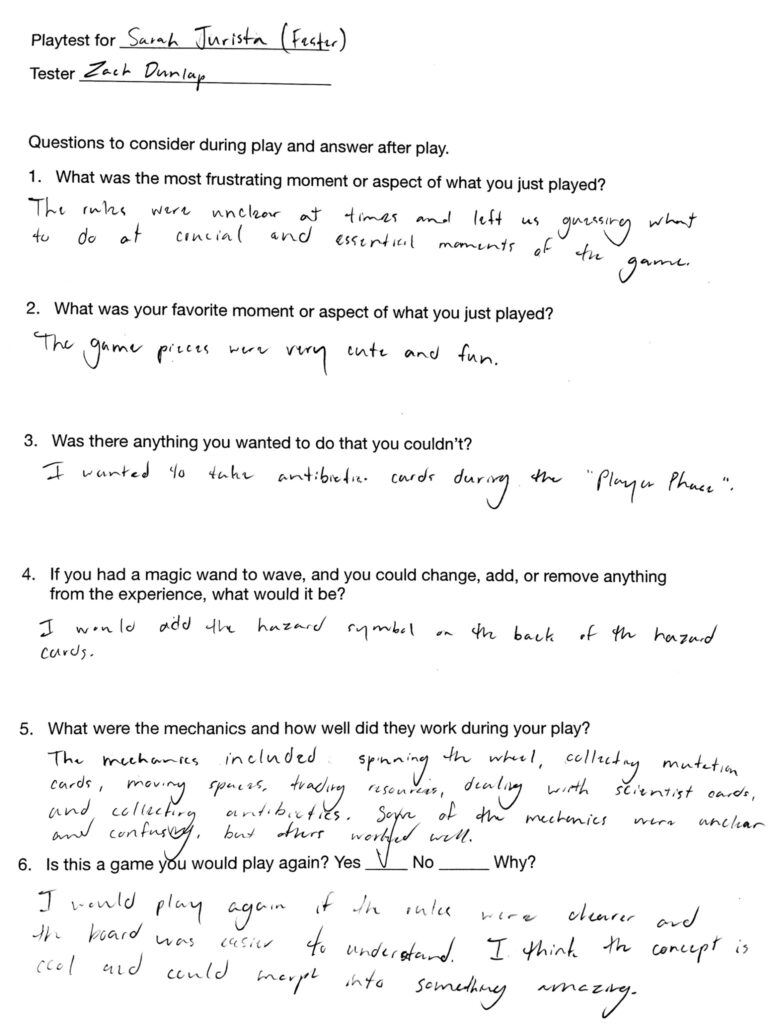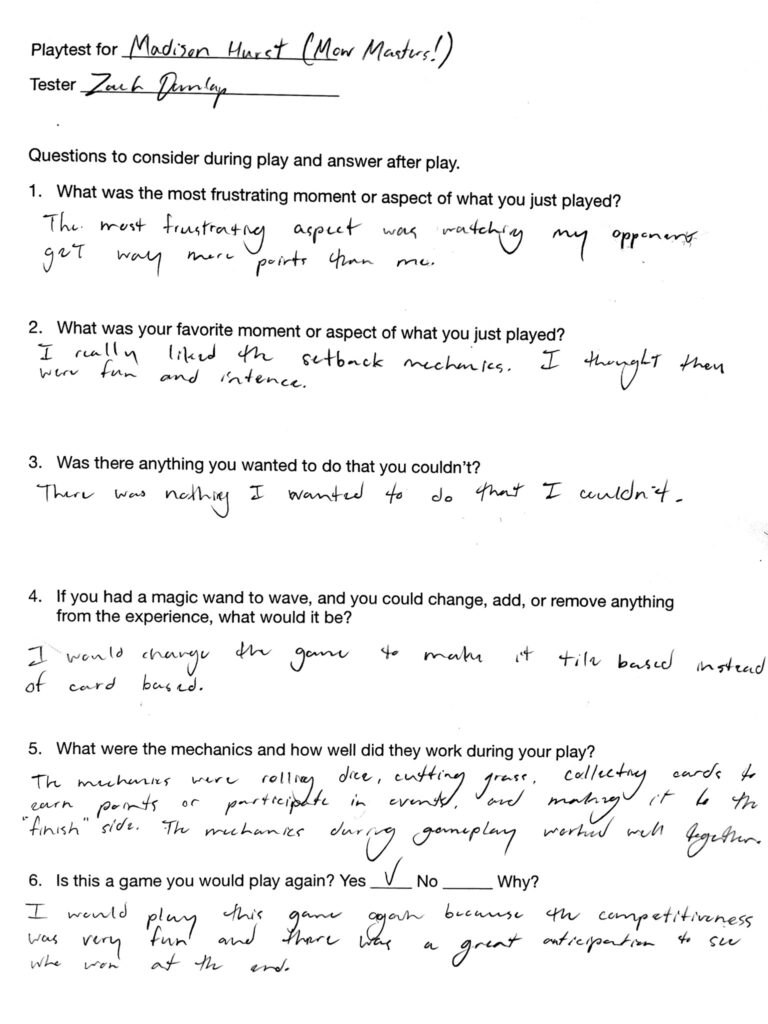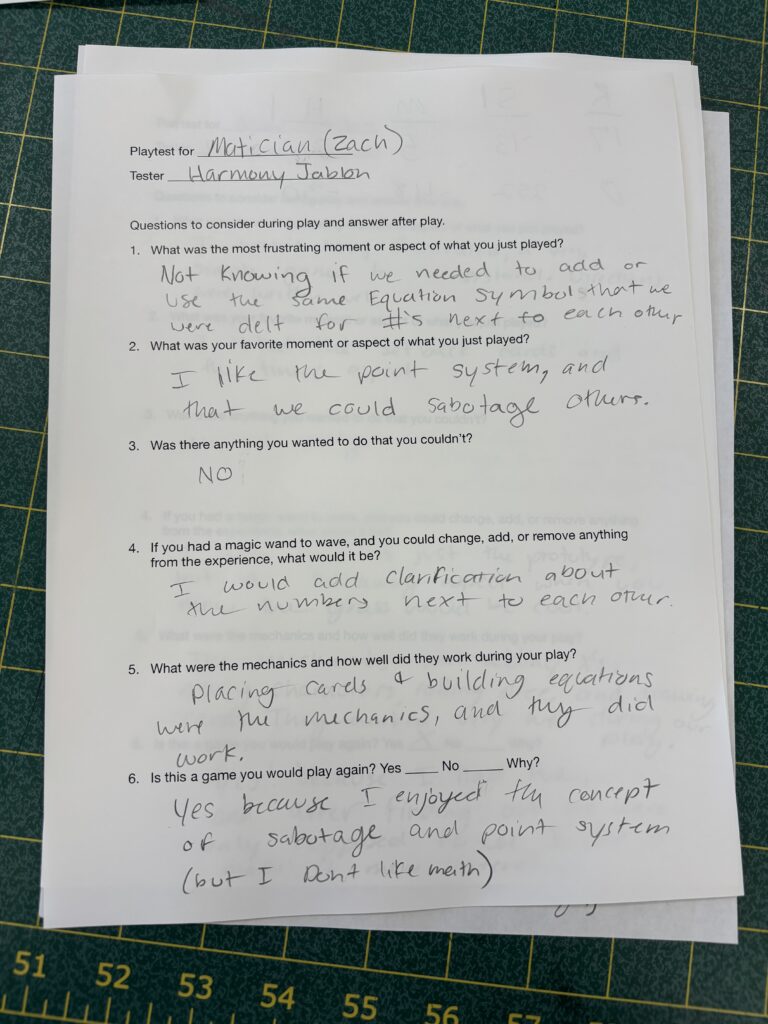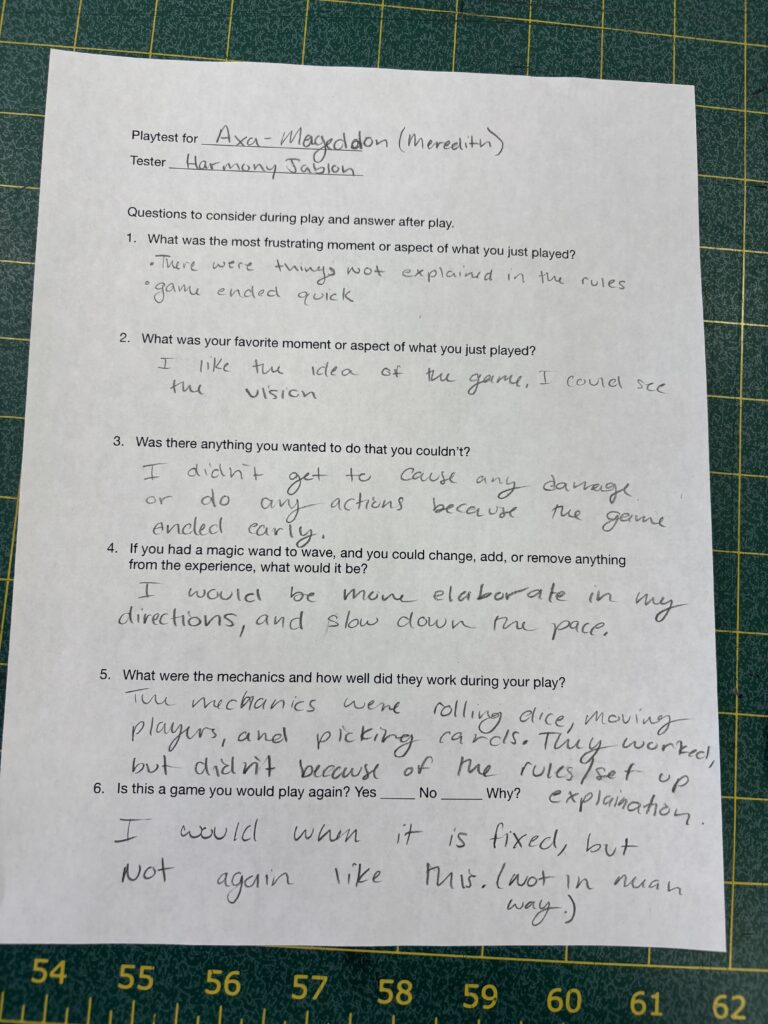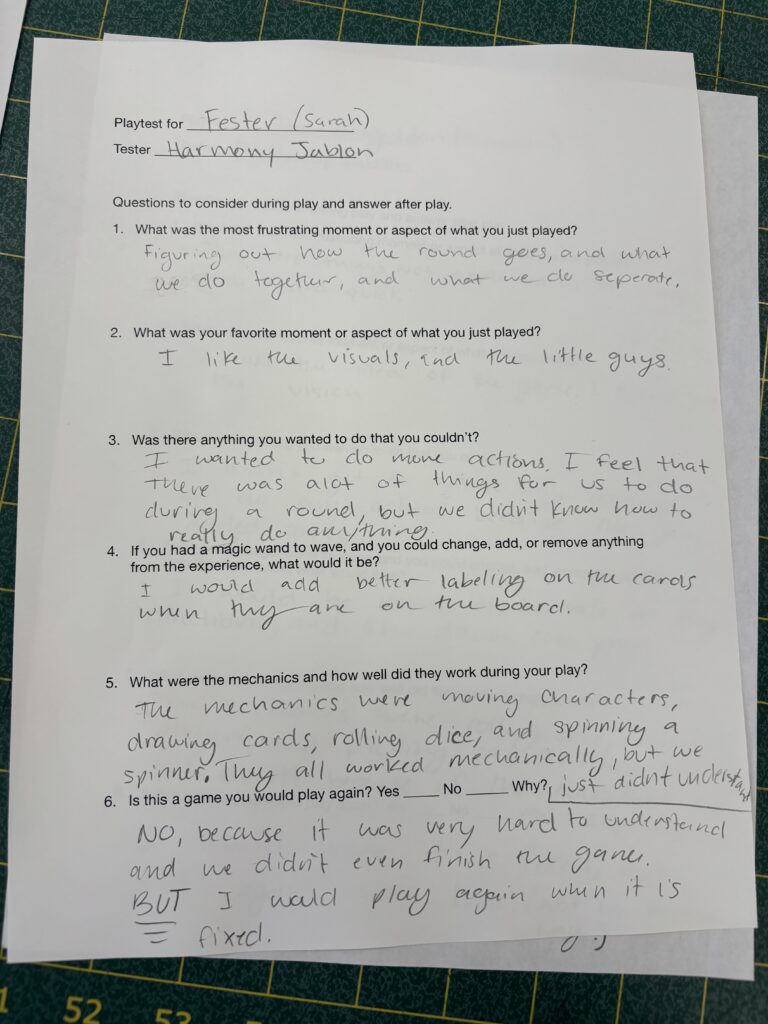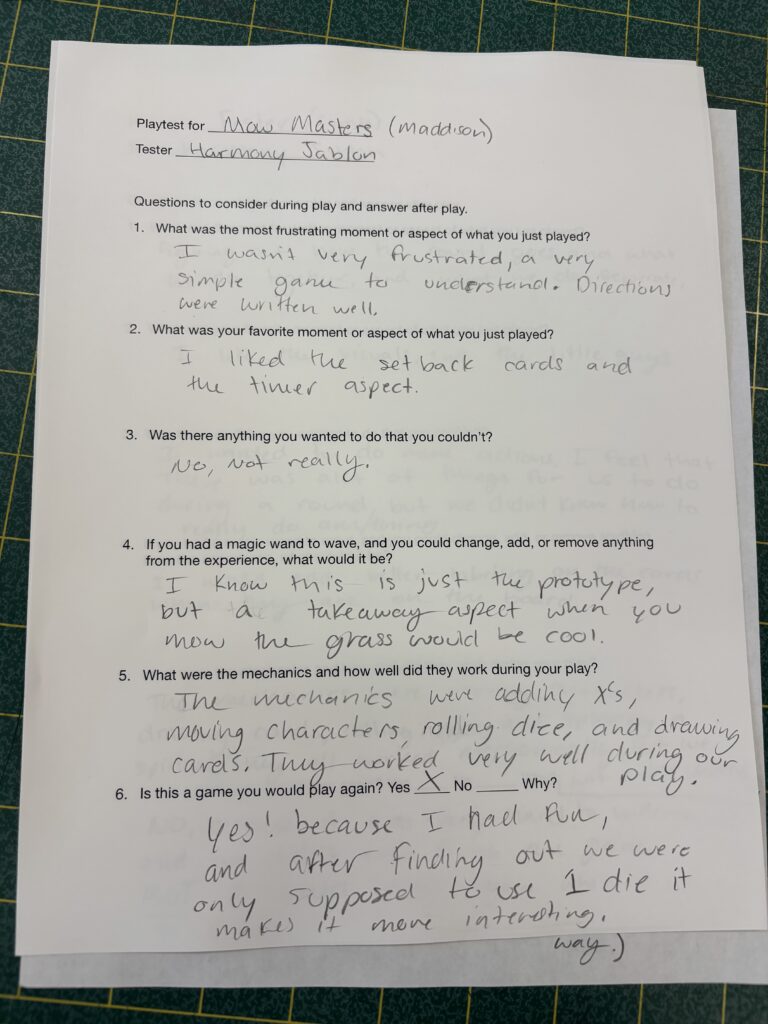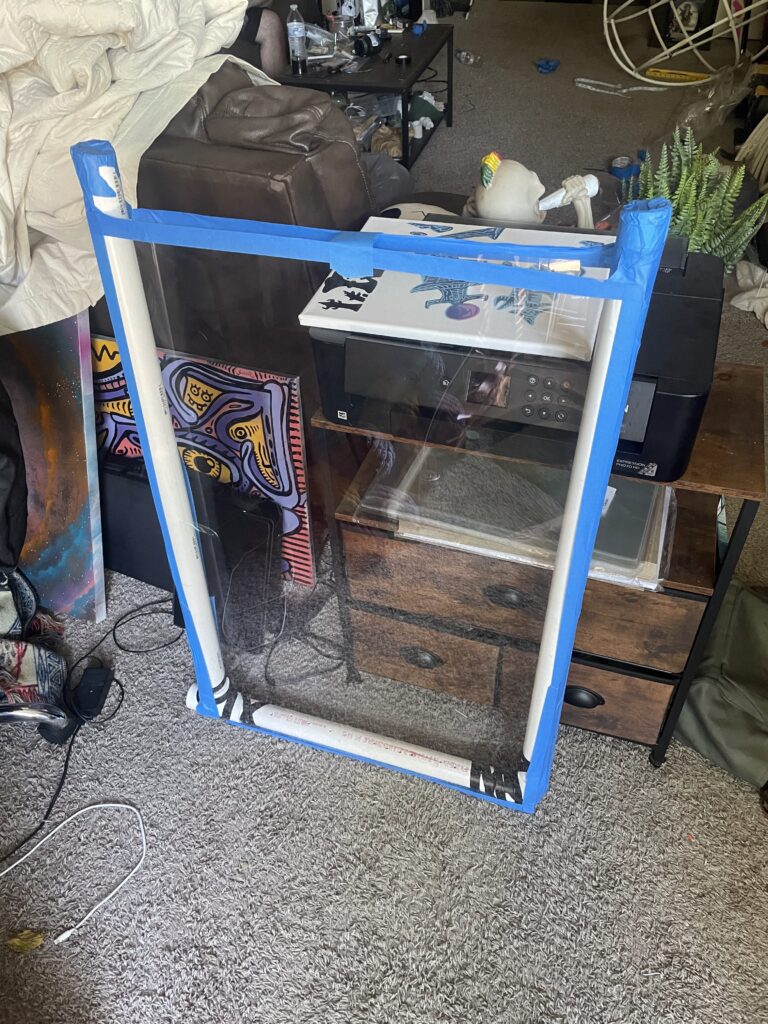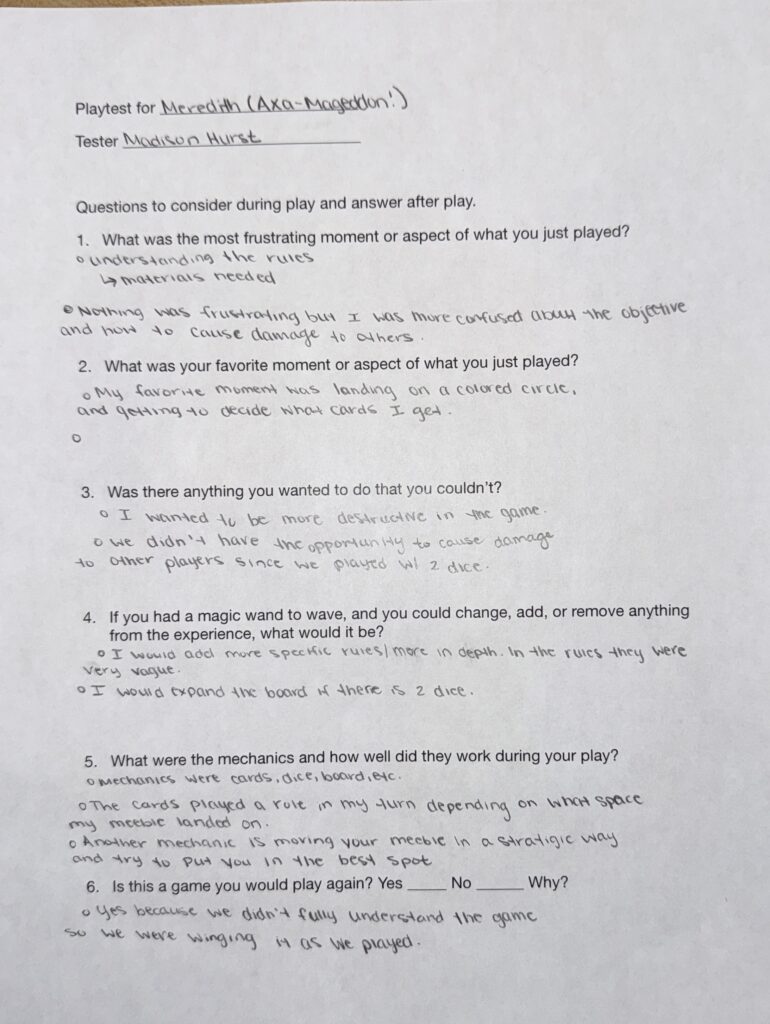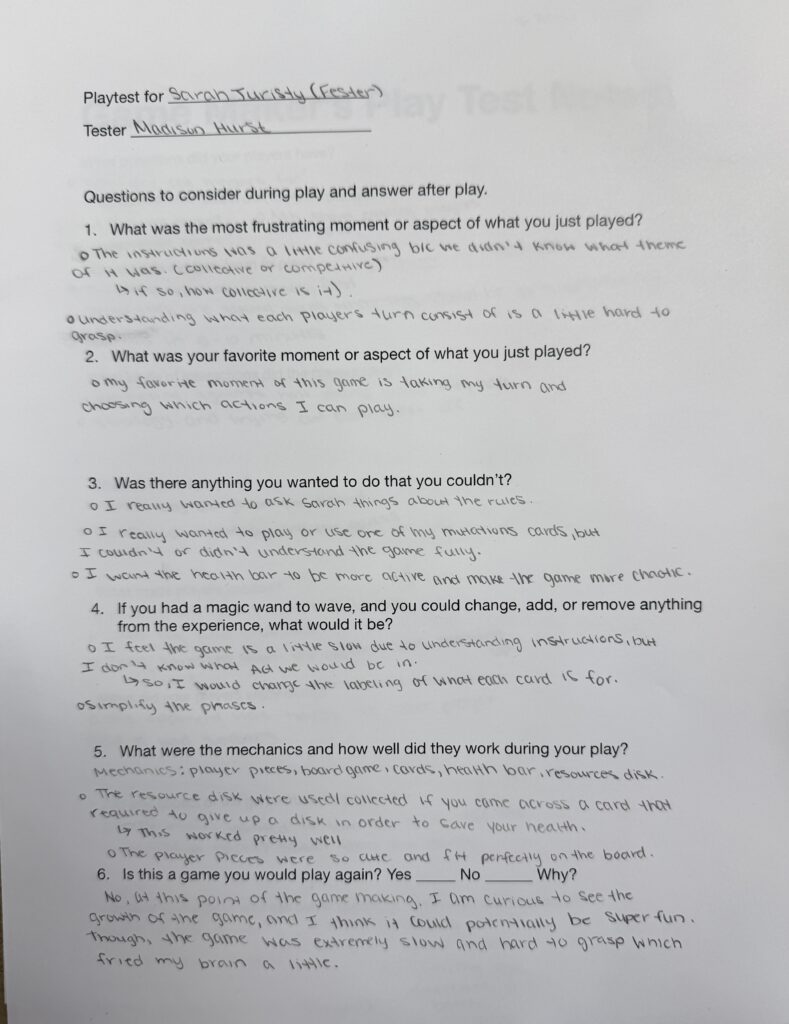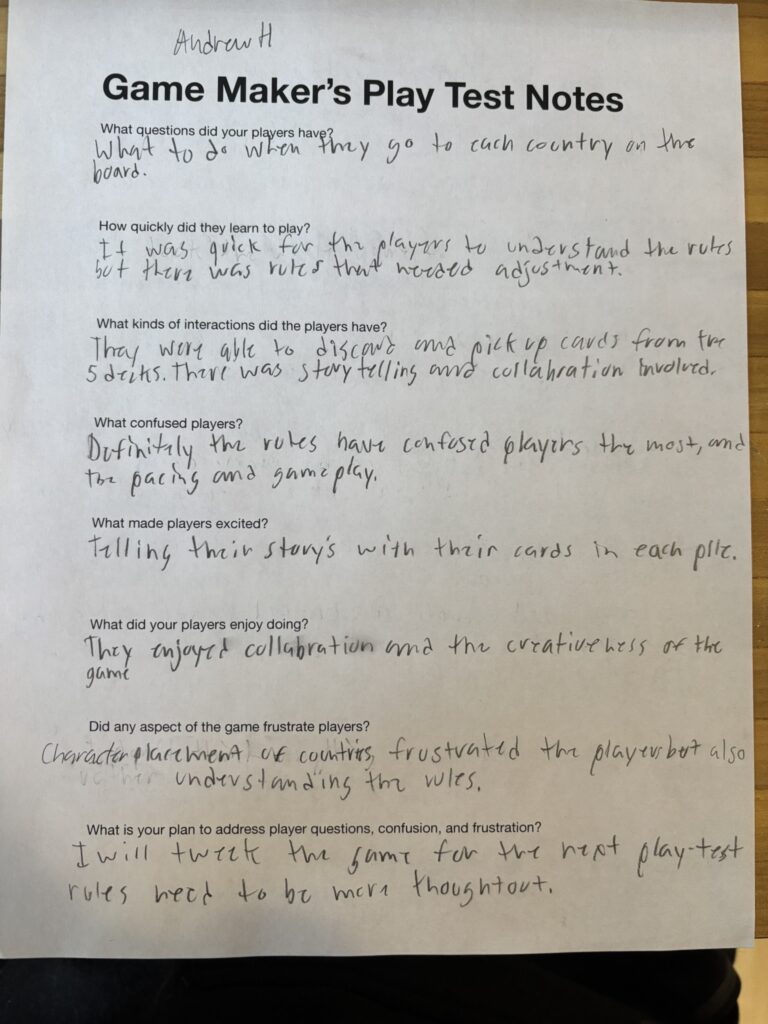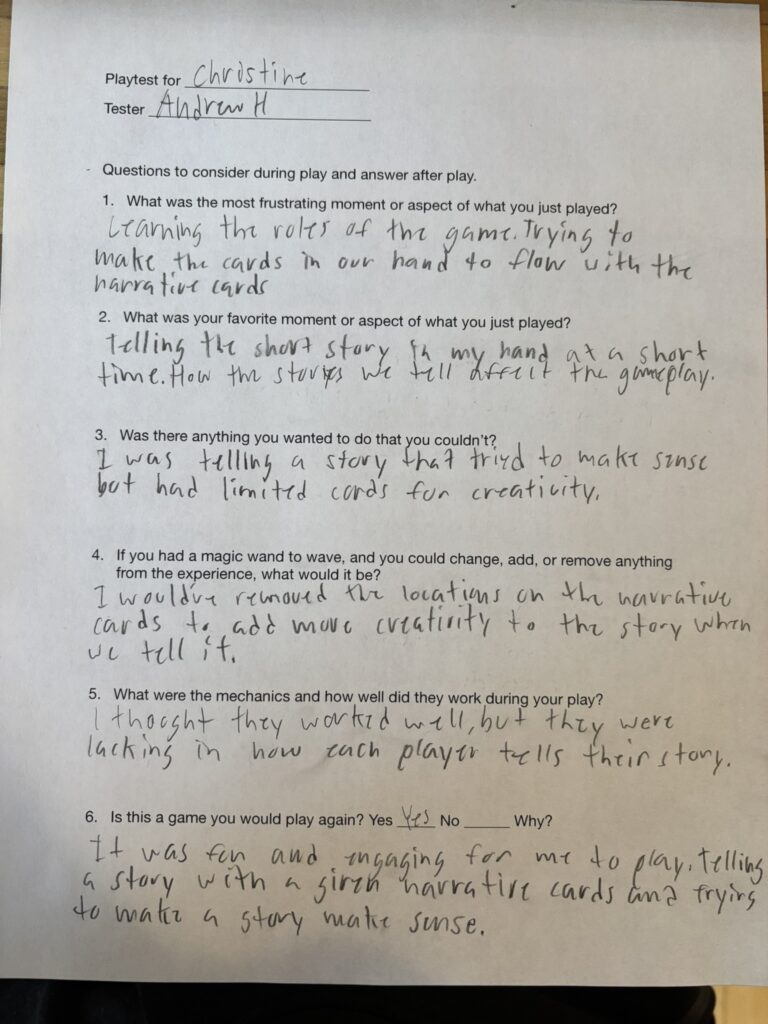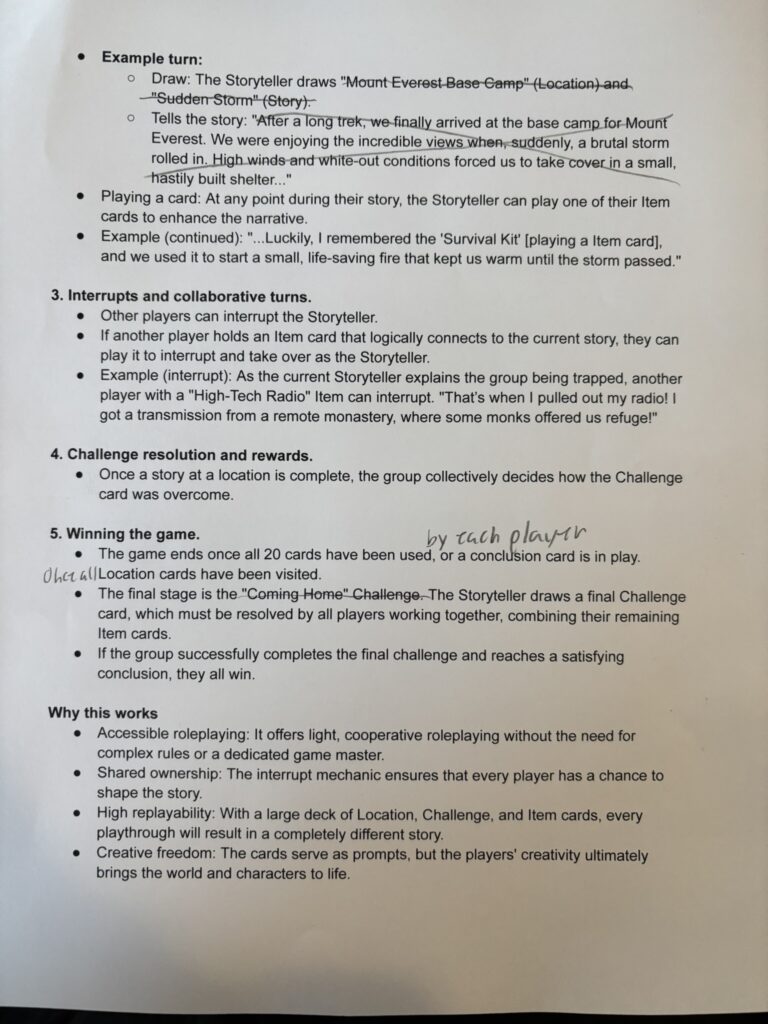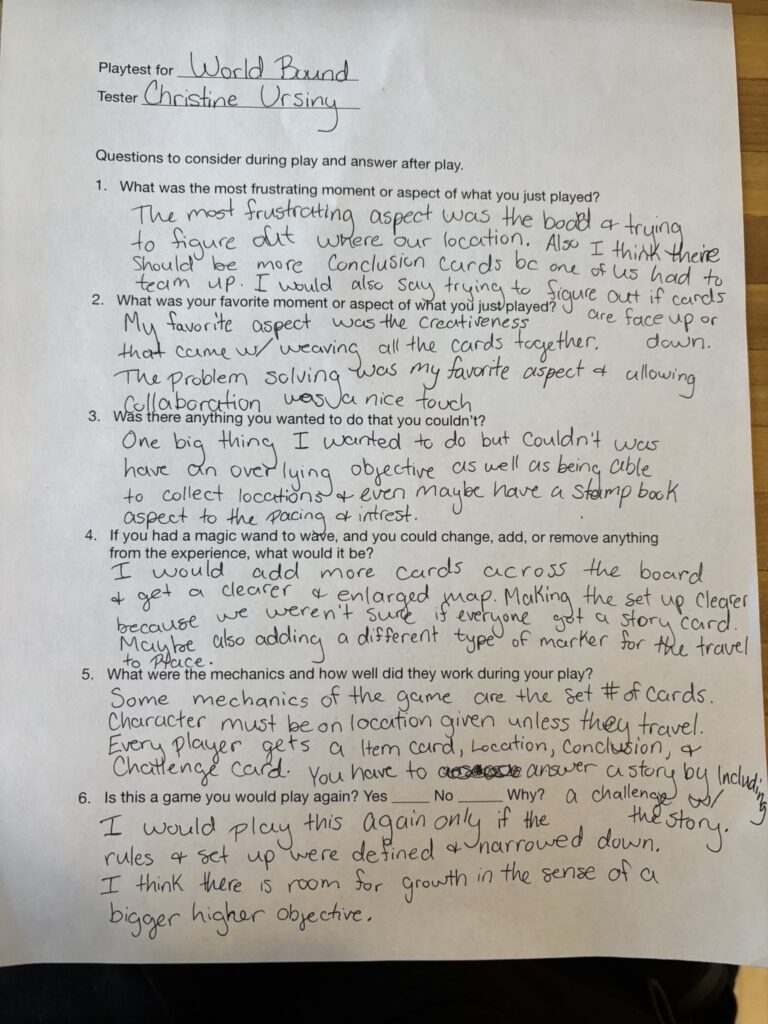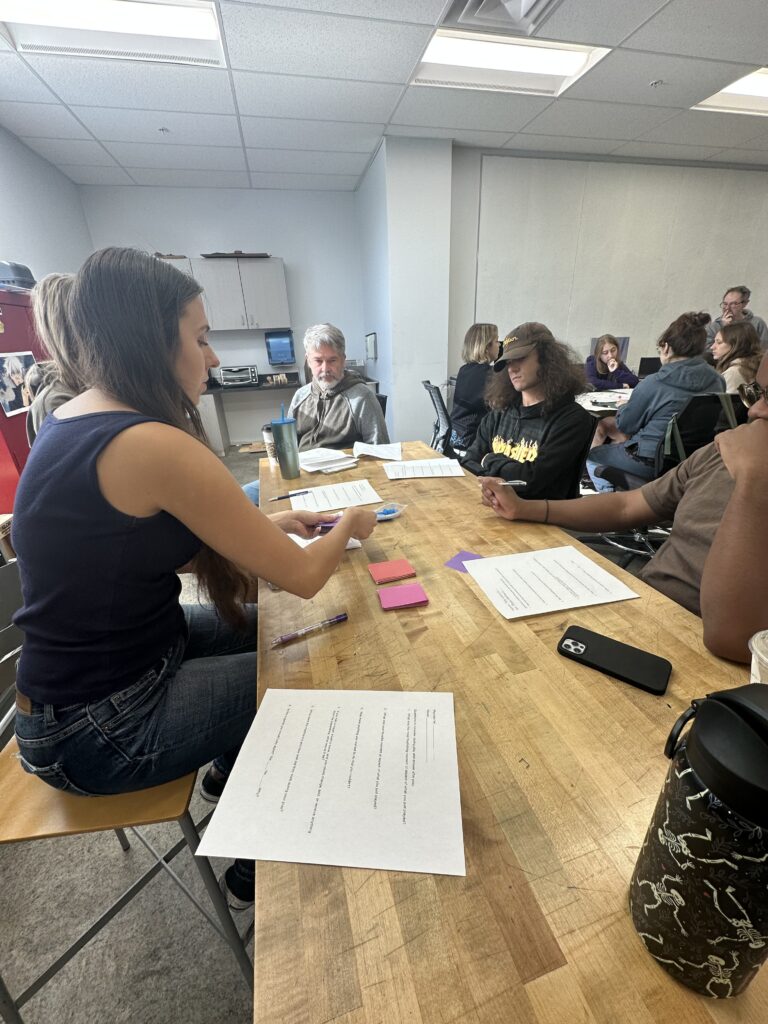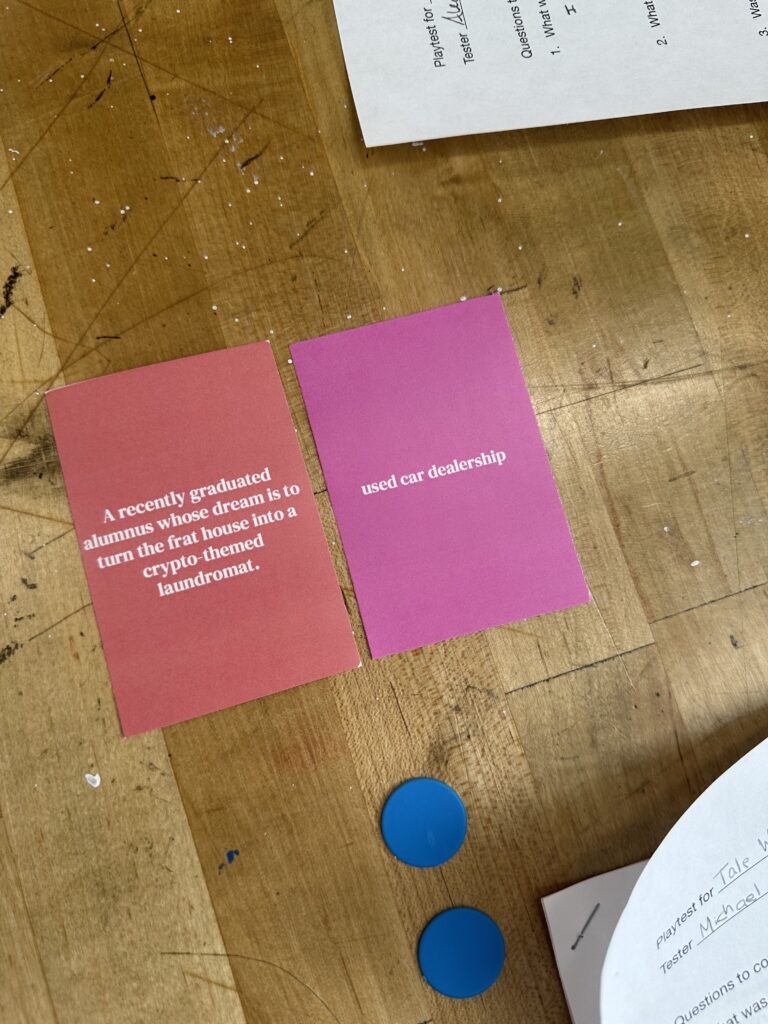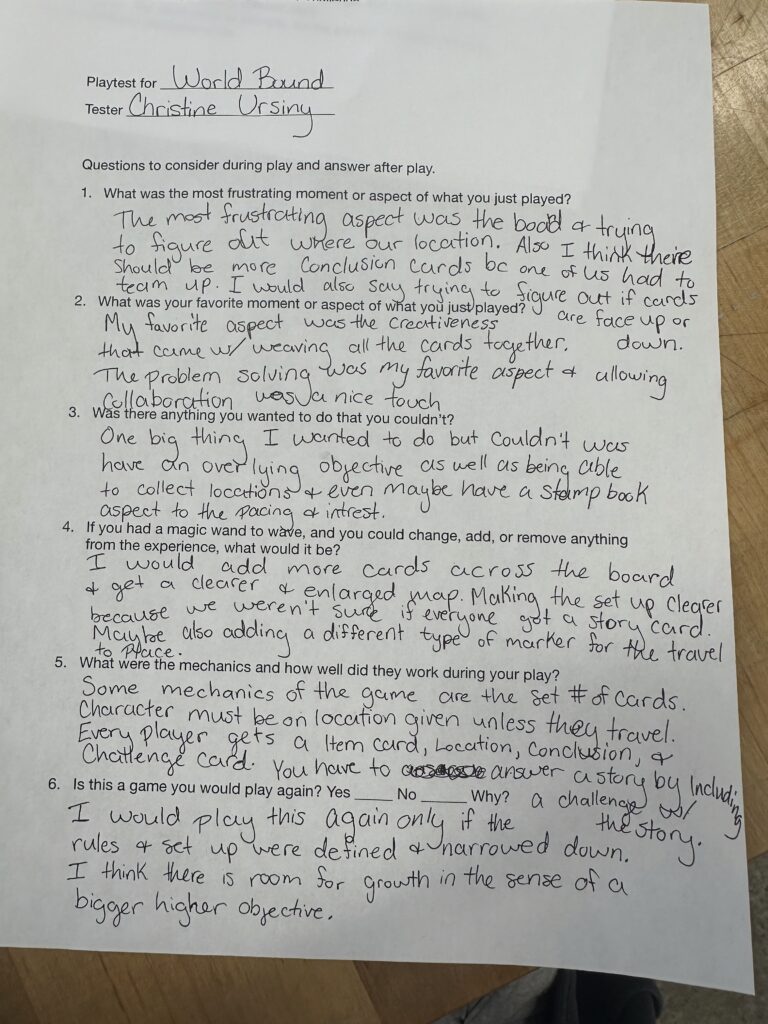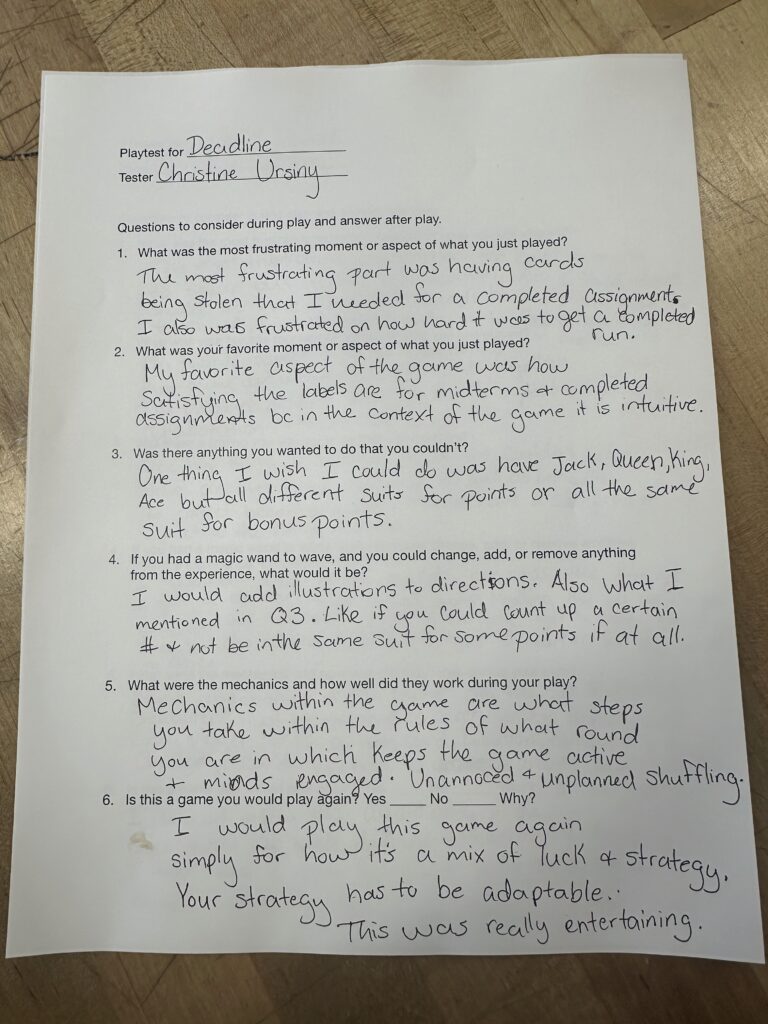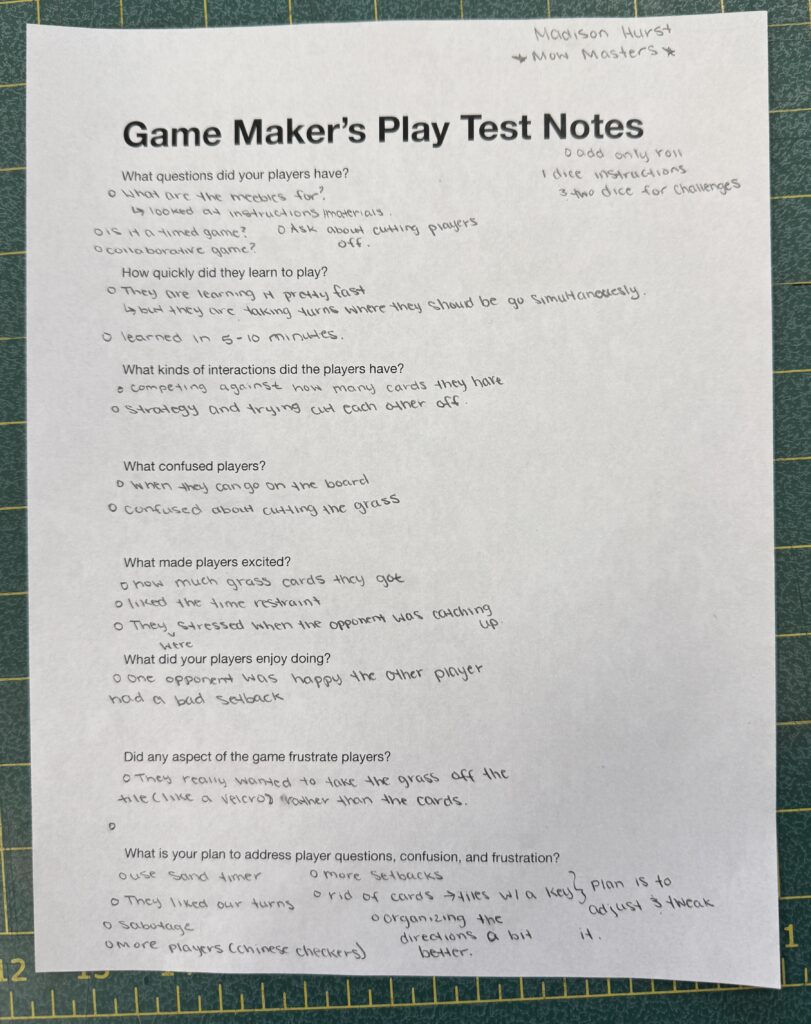Tale Weavers: Official Rules
Game Description
Tale Weavers is a competitive storytelling game, with cards that you might find in Apples to Apples or Cards Against Humanity, in which a group of players builds a narrative by drawing from a deck of character, setting, and plot cards to create and build a story amongst players.
Objective
The main goal is to collaboratively build a story. The player who contributes the most compelling or humorous plot points, as judged by the Storymaster each round, wins the game. The player with the most successful Plot Cards, represented by Point Tokens, is the winner.
Setup
- Gather 3-5 players.
- Shuffle the Character, Setting, and Plot decks separately and place them face down.
- Deal five Plot Cards to each player. This is your starting hand.
- Place the Point Tokens in a central pile.
- Designate one player to be the Storymaster for the first round. (The player who most recently read a book for fun.)
- Use a 30-second sand timer to add urgency in selecting plot cards.
- 30-second timer → wait until the timer runs out to start the round
- Everyone has to have a card placed down by the end of the sand timer
- What happens when the timer runs out and you don’t pick? → You take the top card
Card Color Key:
Coral Color – Character Card
Magenta Color – Setting Card
Lavender Color – Plot Card
How to Play:
The game is played in rounds, with the role of Storymaster changing after each round.
1. The Storymaster’s Turn
- The Storymaster draws 2 cards from the Character deck and 2 from the Setting deck.
- They choose 1 Character and 1 Setting card from their hand to use and then discard the others.
- The Storymaster begins the story with an opening sentence or two, introducing the character and location.
Example:
If the Storymaster draws:
- Character Cards: “A paranoid mother” and “A surprisingly eloquent badger”
- Setting Cards: “The inside of a zoo food court” and “A wizard’s tower turned into a daycare”
- “Once upon a time, a paranoid mother who frantically scoured through the jungle known as the zoo food court…”
Note: Everyone has to have a card placed down by the end of the sand timer
2. The Players’ Turn
- Starting with the player to the Storymaster’s left and going clockwise, each player takes a turn.
- On your turn, place one Plot Card from your hand, play it face-up, and read it aloud.
- Weave the card’s concept into the story, building only on the setting and character card, not any other players’ plot cards
- Plot cards are independent of other players’ plot cards.
- After playing your card, draw one new Plot Card to replenish your hand to five.
3. The Storymaster’s Turn (Judgment)
- After every player has played one card, the Storymaster considers all the Plot Cards that were submitted.
- The Storymaster selects the most compelling or entertaining Plot Card as their favorite for that round.
- The Plot Cards that were not chosen are placed in a discard pile. If the draw deck runs out, shuffle the discard pile to create a new one.
4. End of the Round
- The player whose card was chosen collects 1 Point Token.
- The winning player becomes the new Storymaster for the next round.
- The new Storymaster can then decide to either continue the existing story or start a completely new one by drawing a new Character and Setting card.
Ending the Game
1. Point-Based Victory
- First player to reach 5 Point Tokens wins.
- Optional twist: If multiple players hit 5 in the same round, the Storymaster chooses the funniest/most creative winner.

